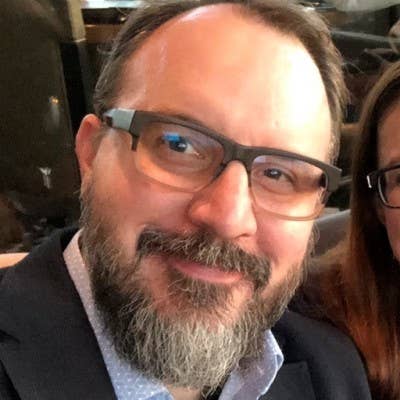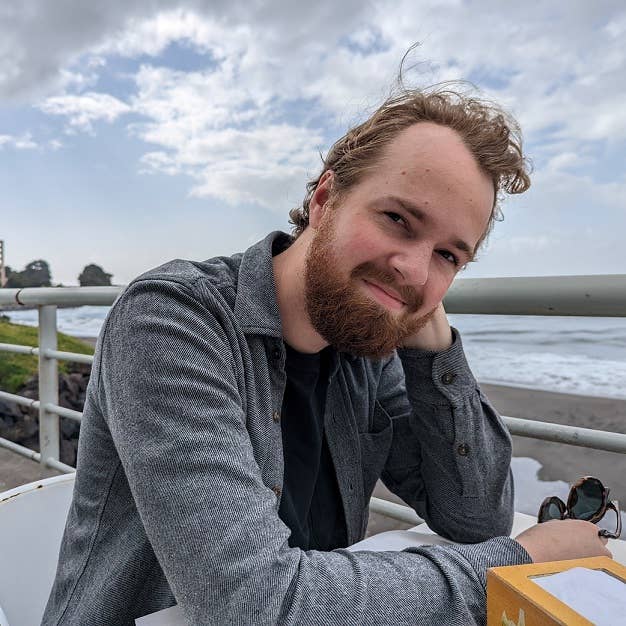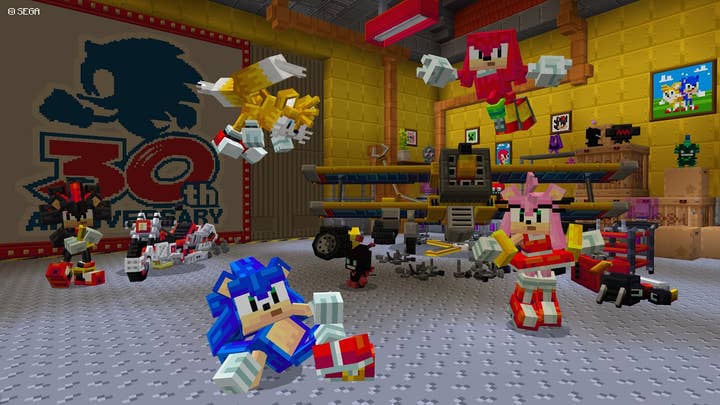Lessons from Minecraft Marketplace
To mark the platform's fifth anniversary, Microsoft's Aaron Buckley and Gamemode One's Sean Davidson tout a hands-on approach to monetized user-generated content
This month marks the fifth anniversary of the Minecraft Marketplace, the official avenue to monetize user-generated content in the hit game.
In the years since its launch, the Marketplace has seen more than 1.7 billion pieces of content downloaded, and more than $500 million in revenue generated by the creator community.
There are currently 295 partners and partner organizations, 43 of which have earned more than $1 million in payouts from Microsoft and Mojang.
"Our goal with the Marketplace was to empower our already very passionate creator community to create new experiences in Minecraft," Minecraft Creator Marketplace head Aaron Buckley tells GamesIndustry.biz. "We as a principle decided we needed to allow them to monetize their creations and support themselves and their families by serving Minecraft players, and we did this by putting creators at the center of everything we do."

Buckley returns to that phrase of "putting creators at the center" repeatedly through our conversation. As an example of what that means, he points to the payout structure of the Marketplace. After the platform holder takes its cut (for example, Apple taking its 30% of revenues from the App Store version of the game), Buckley says creators get more than half of what's left.
He doesn't specifically name other monetized user-generated content offerings, but it's not difficult to see how strikingly different the Marketplace is from a user-generated content-driven business like Roblox, which has been criticized for exploiting its creators, who are often children.
"Helping keep kids safe online is a top priority for Microsoft and Minecraft," Buckley says. "Minecraft is an E for Everyone game. Particularly given that we're charging for many of these experiences, taking the extra effort of making sure that we're delivering safe and appropriate content is something we consider to be very worth the cost. To protect the players, to protect (frankly) Minecraft, and to protect our creator community."
To do that, the Minecraft Marketplace is a much more closed system than user-generated content platforms like YouTube, Twitch, or Roblox.

"We take a very hands-on approach with the Minecraft Marketplace," Buckley says. "We have very carefully curated content and a highly vetted creator community that represents some of the best Minecraft creators have to offer.
"We do engage in high levels of vetting our partners before signing them, and this results in obviously new, high-quality player experiences, but also a very high-integrity creator community. We also review all the content that goes into the marketplace before it launches, which has results in high levels of trust and player safety.
Buckley says there's a team of seven full-time employees ensuring that every piece of content that goes up on the Marketplace is something Microsoft is comfortable with, from ensuring it works in an E for Everyone-rated game to making sure it doesn't have embedded keyloggers or viruses. And if something were to slip through, there's reason to think the team would be held accountable.
"We goal our teams on 0 PR issues, and that's what we consider to be the minimum bar for success"
Aaron Buckley
"From the Microsoft side, we use a goal-setting process we call OKRs, and we goal our teams on 0 PR issues, and that's what we consider to be the minimum bar for success," Buckley says. "So far we've been very lucky to not encounter any major problems."
Given how much of the Minecraft audience is comprised of children, the importance of avoiding those problems is significantly heightened.
"If you're going to be facing some kind of PR scandal, something where child safety is at risk is probably the most threatening event that could occur," Buckley says. "And the vetting is what has allowed us to avoid those risks."
While that hands-on approach can't scale to the amount of content produced by more open platforms, Buckley says it still manages to produce more quality content than would be reasonable to have a company producing internally.
"This has all led to a sustainable long-term future for our creators and for Minecraft," Buckley says.

He points to the partner organizations as evidence of that. While some Marketplace partners are solo developers, there are also larger operations devoted to the game, some of them with their own HR departments.
Gamemode One is one of the larger partner organizations on the Marketplace with 26 mostly full-time staff. Gamemode One managing director Sean Davidson also uses the word "sustainable," lauding the support the team has received from Microsoft and Mojang, from open lines of communication when they run into issues to taking the team's needs into consideration when working on new technology and features in the Marketplace.
"They've empowered us in a lot of ways, giving us new opportunities that most developers of our size -- regardless of working in an in-game marketplace -- would not be able to have," Davidson says.
For example, Gamemode One has repeatedly worked with big publishers and intellectual properties like Sonic the Hedgehog, How to Train Your Dragon, and Pac-Man.

At the same time, Gamemode One has stayed exclusively focused on development for the Minecraft Marketplace, which speaks to the company's comfort building its entire business to be dependent on a single relationship.
"One of the ways we've been able to successfully cope with that is in that direct communication with Mojang and Microsoft," Davidson says. "If there's anything we need to clear up trust-wise, we have that communication and ability to keep that bridge feeling really strong and stable.
"If we didn't have those things, I don't think we would have been comfortable growing to the size we are. We very much scaled to fit our comfortability within the Marketplace. We didn't come here as a team of 26; it's a team that was for all intents and purposes purpose-built for the Marketplace."
As we've seen with Roblox, there are lingering questions about businesses operating within user-generated content ecosystems and what responsibility the larger ecosystem has for the way people at those sub-businesses are treated. Buckley points to the vetting process again, saying Microsoft holds its Marketplace partners to "high ethical standards" and a Partner Code of Conduct addressing business practices, ethics, human rights, and fair labor practices.
As for what other developers working on user-generated content-driven experiences (or metaverses) could take away from the Minecraft Marketplace, Buckley returns to his key talking points.
"The primary lessons we found is put the creator and the player at the center of what you do," Buckley says. "Allow the creators to serve the player base at a very high level and ensure they're doing it in a way that's player-safe, and goodness will ensue from there."
